Innovate for today and tomorrow
Belt-Tech Products introduces the RTI safety belt. Developed for the aviation industry, the belt is designed to reduce the risk of injury to passengers and personnel during turbulence and is expected to have a quantifiable positive impact on individual safety as well as on the airline’s bottom line.
The RTI solution was created in response to the need for increased flight security in light of the fact that climate change is expected to cause three times more intense turbulence by 2050.
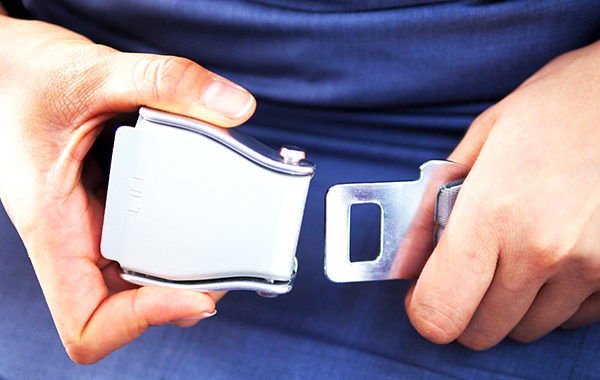

the rti technology
RTI safety belt technology displays in real time whether the seat belt is fastened at each specific seat, thereby reducing the time required for verification during take-off, landing and turbulence.
Each seat is equipped with a detection mechanism that relays the seat configuration of the aircraft either to a central light panel located in the flight attendants’ work station or to a portable tablet.
RTI technology weaves four wires into the safety belt during production (four times the security to prevent wear). Each belt is then connected to a main cable.
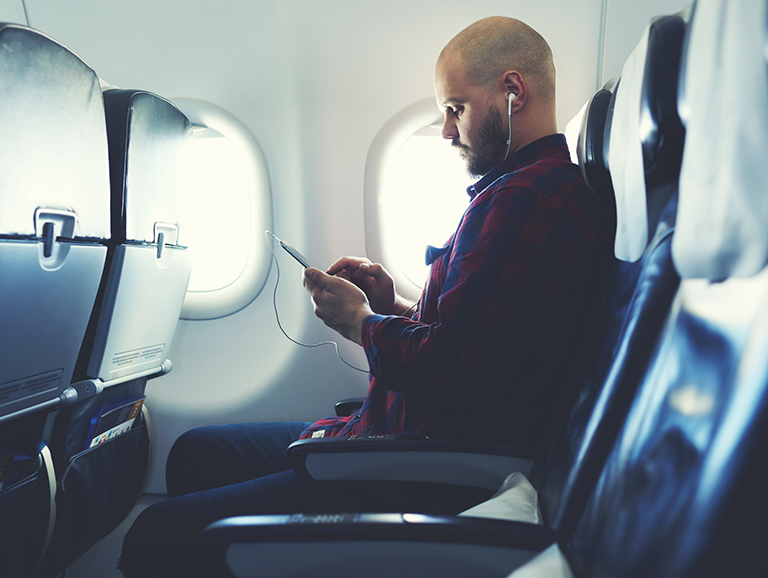
Enjoy a secure, stress-free flight.
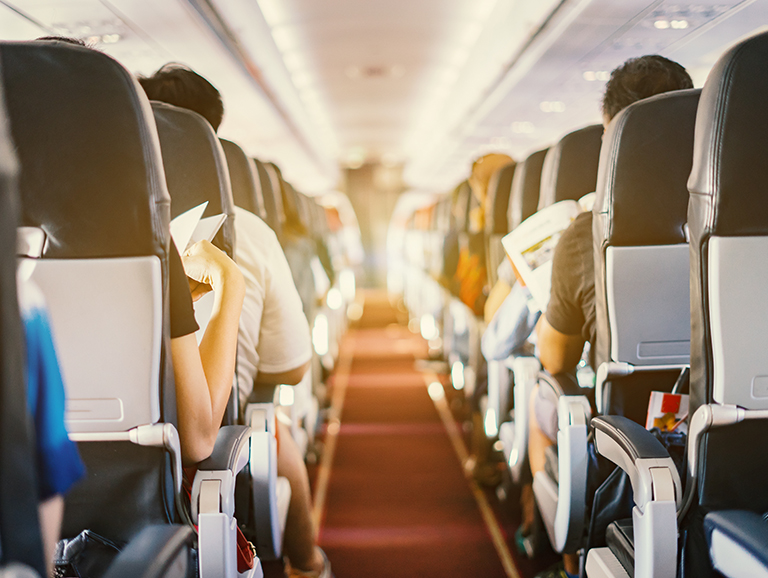
RTI belts limit cabin checks during critical phases.

RTI safety belts are a significant in-flight safety innovation.

RTI belts readily identify passengers who are not buckled up.
Challenges and Opportunities
Whether you are flying for pleasure, business or as an airline employee, it is reassuring to know that businesses like Belt-Tech Products Inc are developing products designed to increase your in-flight safety.
The following are a few of the many advantages provided by RTI safety belts.

For passengers
- Increase sense of security during flight
- Lower the risk of serious injury during critical phases (landing, take-off, turbulence)
- Aid flight attendant intervention when passengers are asleep and it is impossible to see if their belt is fastened.

For cabin crew
- Expedite inspection procedures while ensuring safety compliance during critical phases
- Interact remotely with specific passengers who do not comply
- Limit time during which staff is at risk while moving around the cabin
- Lower the risk of serious injury (work stoppage, rehabilitation, etc.) in the context of labour shortages

For airlines
- Reduce the risk of prosecution and/or of claims for injury, and possible reduction or freezing of premiums (insurance, CNESST)
- Decrease the number of injured employees and the severity of said injuries (absenteeism)
- Document interventions for legal purposes
Statistics
Aerial traffic increase per year

Worldwide in 2017

In 2017 (8,495,000 per day)
This number is expected to reach 7.8 billion by 2036.

estimated Costs linked to turbulence anually.
For US airlines alone.
Fly every day, on average
The traffic record hit an all-time high of 202,157 flights on June 29, 2018.
(1) Study by Dr. Paul Williams, Reading University, UK.
http://www.reading.ac.uk/news-and-events/releases/PR718348.aspx
http://www.met.reading.ac.uk/~williams/


